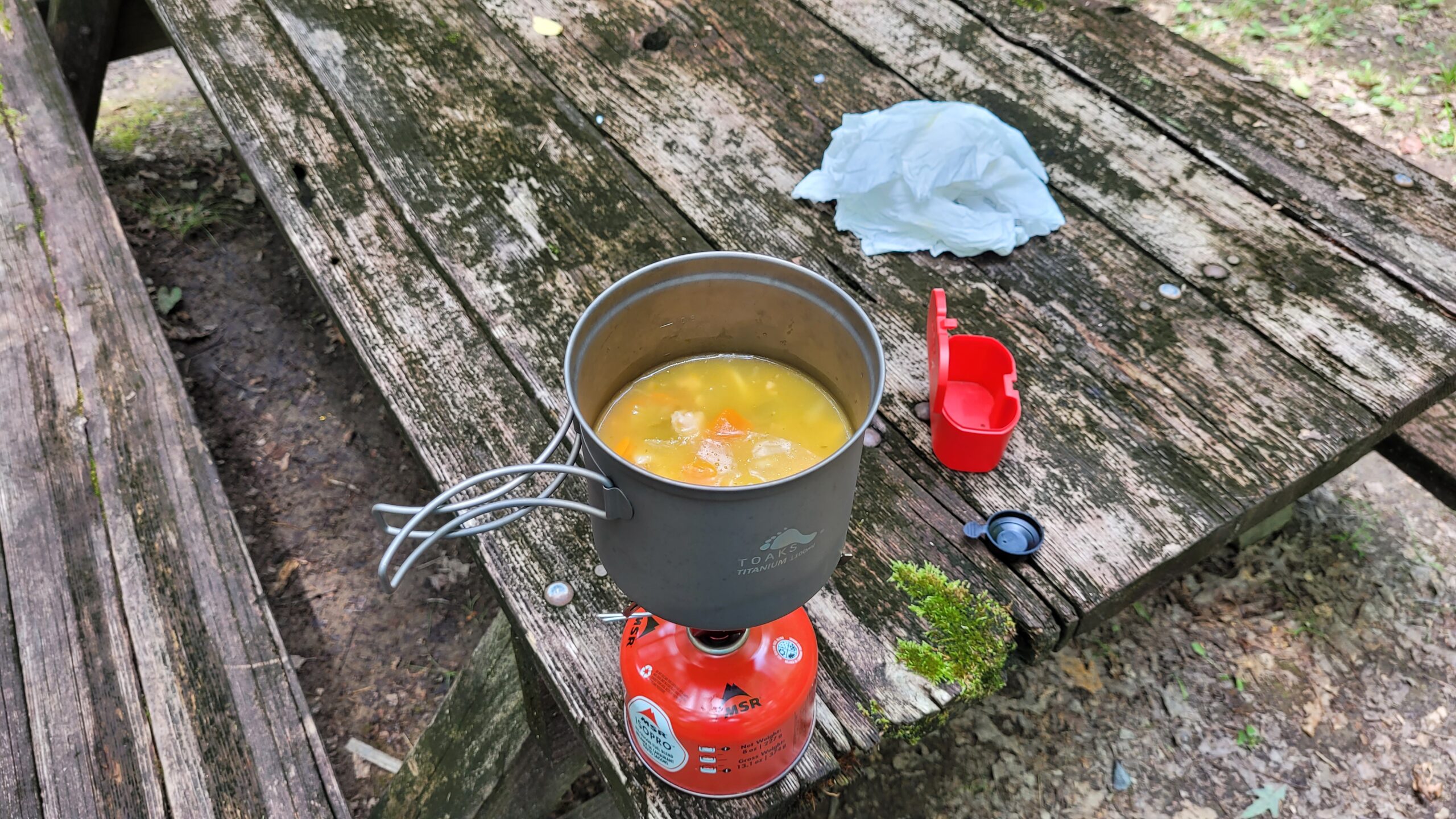Hiking is one of the most rewarding ways to connect with nature, offering breathtaking views, physical exercise, and a sense of accomplishment. However, the wilderness can be unpredictable, with sudden weather changes, injuries, or getting lost posing real risks.
That’s why experienced hikers and organizations like the National Park Service and REI emphasize the “Ten Essentials”—a tried-and-true list of items that can make the difference between a great outing and a dangerous situation.
These essentials, first developed in the 1930s by The Mountaineers, have evolved into systems-focused recommendations to ensure you’re prepared for emergencies.In this article, we’ll break down the top ten hiking essentials, explain why each is crucial, and offer tips on what to pack.
Whether you’re a beginner tackling a day hike or a seasoned backpacker on multi-day treks, these items should always be in your pack.
1. Navigation Tools
Getting lost is one of the most common hiking mishaps, especially in unfamiliar terrain or poor visibility. Essential navigation gear includes a topographic map of the area, a compass, and optionally a GPS device or smartphone app like AllTrails with offline maps downloaded. Always carry backups, as batteries can die and signals can fail.Why it’s essential: Maps and compasses don’t rely on technology, helping you orient yourself and find your way back.
Pro tip: Learn basic orienteering skills before your hike to maximize their usefulness.
2. Illumination (Headlamp or Flashlight)
Day hikes can extend into the evening due to delays, and multi-day trips often involve early starts or late finishes. A reliable headlamp or flashlight with extra batteries is non-negotiable for navigating in the dark.Why it’s essential: It prevents falls and helps signal for help if needed.
Choose LED models for longevity—some last up to 100 hours on a single set of batteries.
3. Sun Protection
UV rays are intensified at higher altitudes, and prolonged exposure can lead to sunburn, dehydration, or heatstroke. Pack sunglasses, sunscreen (SPF 30+), lip balm with SPF, and a wide-brimmed hat or long-sleeved shirt.Why it’s essential: It protects your skin and eyes, maintaining your energy and comfort throughout the hike.
Reapply sunscreen every two hours, especially if sweating.
4. First-Aid Kit
Minor injuries like blisters, cuts, or sprains can escalate without proper care. A basic first-aid kit should include bandages, antiseptic wipes, blister treatments, pain relievers, tweezers, and any personal medications.Why it’s essential: It allows you to treat injuries on the spot, preventing them from ruining your trip or requiring rescue.
Customize it based on your group’s needs and the hike’s length—consider adding items like an EpiPen for allergies.
5. Knife or Multi-Tool
A sturdy knife or multi-tool is versatile for everything from cutting bandages to repairing gear.Why it’s essential: It’s a key part of your repair kit, enabling quick fixes in the field.
Opt for a Swiss Army-style tool with scissors, pliers, and a screwdriver for added functionality.
6. Firestarter
In cold or wet conditions, starting a fire can be lifesaving for warmth, signaling, or boiling water. Carry waterproof matches, a lighter, or a ferro rod, plus tinder like dryer lint or commercial fire starters.Why it’s essential: It provides heat and a way to signal rescuers with smoke.
Practice using your firestarter at home to ensure you’re proficient.
7. Emergency Shelter
Weather can turn nasty quickly, and hypothermia is a real threat even in summer. An emergency shelter could be a lightweight tarp, bivy sack, or space blanket that reflects body heat.Why it’s essential: It offers protection if you’re stranded overnight.
These items are compact and weigh little, making them easy to carry.
8. Extra Food
Always pack more food than you think you’ll need—energy bars, nuts, or dried fruit that don’t require cooking.
Why it’s essential: It sustains you during delays or emergencies, preventing low blood sugar and fatigue.
Aim for at least one extra meal’s worth, focusing on high-calorie, non-perishable items.
9. Extra Water (and Purification)
Dehydration sneaks up fast on strenuous hikes. Carry plenty of water (at least 2-3 liters per person for a day hike) and a way to purify more, like water filters, purification tablets, or a UV pen.Why it’s essential: Water is vital for bodily functions, and streams may be contaminated.
Hydrate before you start and sip regularly to stay ahead.
10. Extra Clothing (Insulation and Rain Gear)
Layering is key to handling temperature swings and rain. Pack an insulating layer like a fleece or down jacket, plus waterproof pants and a jacket.Why it’s essential: Wet or cold conditions can lead to hypothermia; extra clothes keep you warm and dry.
Choose moisture-wicking synthetics or wool over cotton, which holds water.Final Tips for Packing and Hiking SmartThe Ten Essentials aren’t just a checklist—they’re about preparedness and mindset. Tailor your pack to the hike’s difficulty, duration, and season, and always inform someone of your plans (the “hike plan” or “trip itinerary”).
Start with a quality backpack that fits well, and practice packing to keep weight under 20% of your body weight for comfort.Remember, the goal is enjoyment, not survival mode. By carrying these essentials, you’ll hike with confidence, knowing you’re ready for whatever the trail throws your way. For more detailed gear recommendations, check resources from trusted outdoor experts.
Happy trails!

0 responses to “The Top Ten Hiking Essentials: Gear Up for Safety and Adventure”